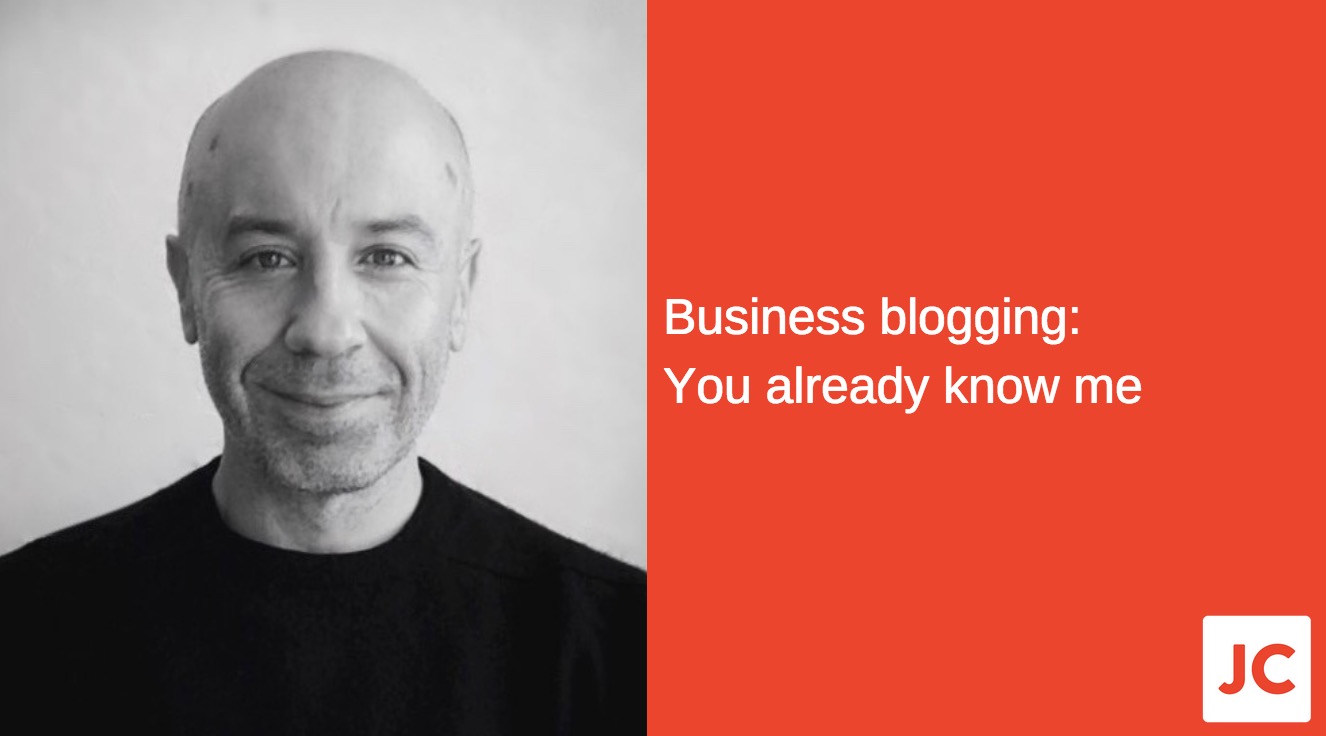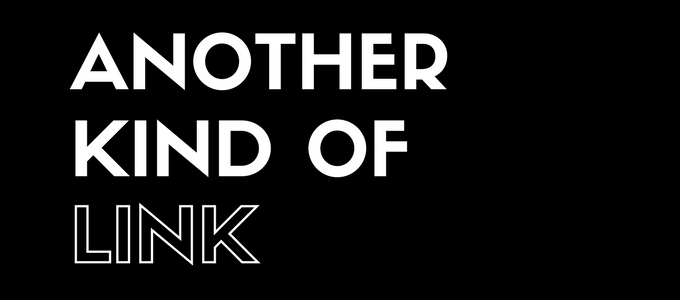Image: Danielle MacInnes.
It’s true. Your prospective clients visit blogs. And they visit them regularly, too.
I know, I know. They told you they didn’t visit blogs or you assumed they didn’t, but they do. However, they probably don’t even know it.
Allow me to explain.
Blog = website
A blog is just a website: A framework for delivering information. If a website is interesting, people will read it. Your prospective clients don’t care what framework a website is built on. They care about the content of the site.
As the name suggests, Jim’s Marketing Blog is very clearly a blog. However, many other websites built on the same WordPress blogging software I use, have less obvious names.
These include; BBC America, CNN, Time, The New York Post, Variety, USA Today, The Star Wars website, Sony Music, MTV News, The Walt Disney Company website, The Harvard Gazette, The New Yorker, The Mercedes Benz website and lots of other sites, read by hundreds of millions of people… including your prospective clients!
WordPress sites alone account for just under 30% of all Internet traffic. And there are many other blogging platforms. Think about that number for a moment.
What could this mean for your business?
The marketing potential from blogging is huge. And it’s getting better all the time.
Here’s one of the foundations of successful marketing: Be where their attention is. So, where is the attention of your marketplace?
Here are a few of the most common attention grabbers.
- Facebook and other social networks. Blogs are designed to be easily shared on social networks. And that’s exactly what happens. Rather than buying Facebook ads, you can let Facebook users share YOUR site with THEIR friends.
- Phones, tablets or computers. Modern blogs are designed to look great, regardless of what device you view them on.
- Search engines. Blogs, especially WordPress, are designed to be easy for Google to crawl and index – making them easier to find on Google and other search engines.
- Email. Blog posts (like this one) can be delivered via email. In fact, massively more people read my blog via email than on the blog itself.
In other words, blogging places you right where the attention of your marketplace is. And the value of that connection is hard to overstate.
For instance, client enquiries from my blog have increased year-on-year, every year, since I started blogging almost a decade ago. And it’s not just me. I work with people every week, who have seen the same pattern of results from their business blogs.
You can do the same
You too could be where the attention of your marketplace is (without spending a penny on advertising). You could be attracting client enquiries, rather than pursuing them. You could be order taking, rather than selling.
Tip: Here are 25 more reasons to start a business blog.
The tricky part?
Although our prospective clients DO visit blogs, they DON’T bother with the typical, dull, small business blogs. We need to be prepared to invest in our blogs the same way we invest in every other key area of our business. And that means taking time to deliver something, that’s as useful as possible, as often as possible. It means learning how to do it right – rather than following generic “how to blog” guides.
It means having a strong commitment to the community we serve.
Questions worth answering
Now you know your prospective clients regularly visit blogs, isn’t it time you reconsidered starting one?
And if, like many business owners reading this, you have a blog that isn’t working for you, is it time to start taking it seriously?
I can’t answer those questions for you. I can only let you know that a marvellous opportunity is staring you right in the face. It’s an opportunity, which increases in value every day. An opportunity, to benefit from the most powerful form of marketing I have ever known.





















